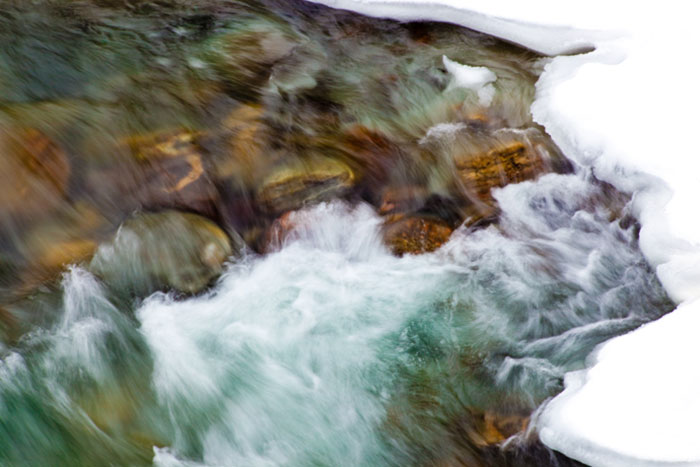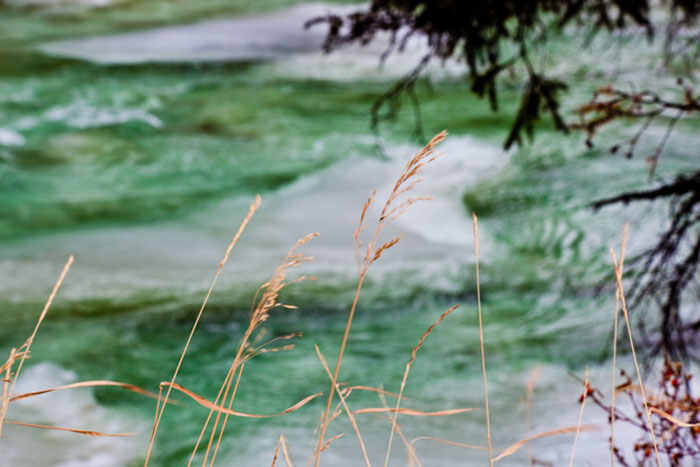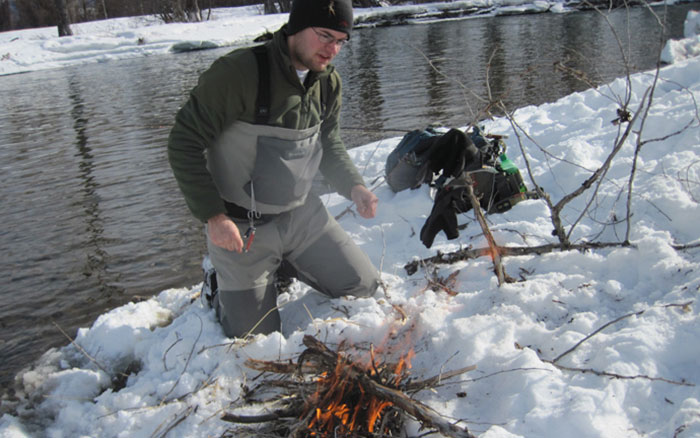
We all have those times in life when we see the proverbial light about a topic or issue.
With thoughtful intent and some effort, most students will eventually ‘see the light’ as they study topics of genuine interest; those of us beyond school days often ‘see the light’ as we gain full mastery over skills and concepts we use every day, even years down the road.
As a fly fisher there a ‘see the light’ moment almost every time I’m out on the water, though they occur more often and with brighter clarity when I’m fishing with somebody much more skilled than I, a bar set fairly low considering the folks I most often fish with. A mentor long ago reminded often that you’d be amazed what you can learn by keeping your mouth shut and your eyes and ears open.
He was right.
It took a more immersive experience to really understand the meaning of Winter (and Summer for that matter) Solstice days; that lesson came while living just about as far north as one can in the continental US, up in the (seemingly) forgotten gem that is Northwest Montana.
For years we ran a horse operation up between Kalispell and Columbia Falls, between the airport and the main stem of the Flathead. There’s something about work that gets you outside every morning and evening (and often in between), every frickin’ day of the year that connects one with the weather and seasons in a way you almost can’t explain today, as the experience is so far removed from most people’s reality.
But we finally saw the light about winter solstice and winter.

Winter Solstice brings some damned short days to the Flathead; sunrise today was at 8:25 and the sun sets at 4:46 (tomorrow is a minute shorter even). That meant back in the day morning chores were pretty much done in the dark and darkness fell during the evening feed, muck, and clean up. I was still working in medicine for much of that time, so my pre-office, earliest mornings moving snow, setting up hay for the morning feed or helping finish evening chores were always done in the dark.
We (the famdamnily, our work crew for the barn) learned a lot during those short winter days and long nights about work, the seasons, and the often brutally stark beauty of frigid Montana nights.
If you paid attention, you could almost guess the temperature by the pitch of the the snow squeak under your boots (or under a tractor wheel). If we were quiet on approach, we’d occasionally spook an elk or two sneaking into a paddock for the hay; we saw their tracks around the hay shed often, but never caught one sailing over the 5 foot fence to get there.
On a clear, cold night the milky way looked close enough to reach out and touch, and I’ll never forget the first few times we stood outside the barn and watched the aurora borealis dancing overhead.
Every night one of my tasks was to go out about 9 pm and try and coax / beat / thrash the oil burning furnace to life; I developed a special relationship with our barn cats during that time as they knew that if Bob (the furnace) roared to life it meant treats all around.
We all came to eagerly look forward to the winter solstice, as it meant from that day forward longer days and more sun was to follow, even if three to five more months of winter were to be endured, though there were always early spring days to get out on the water anyway (image below by Jake).
Winter solstice also marks the time that around our camp we delve into fly tying with renewed zeal as spring mayflies are but a few quick late winter months away, as are those glorious long summer days.
See the light today and get outside.


